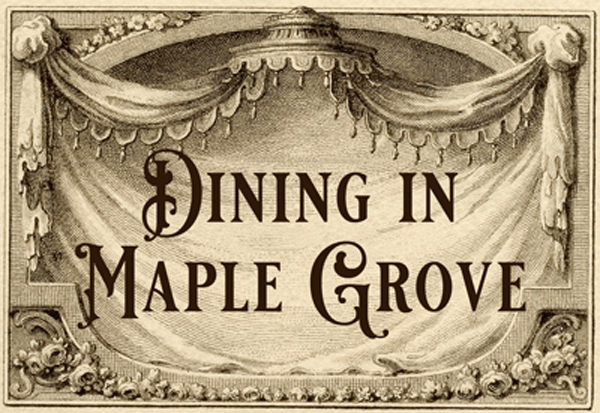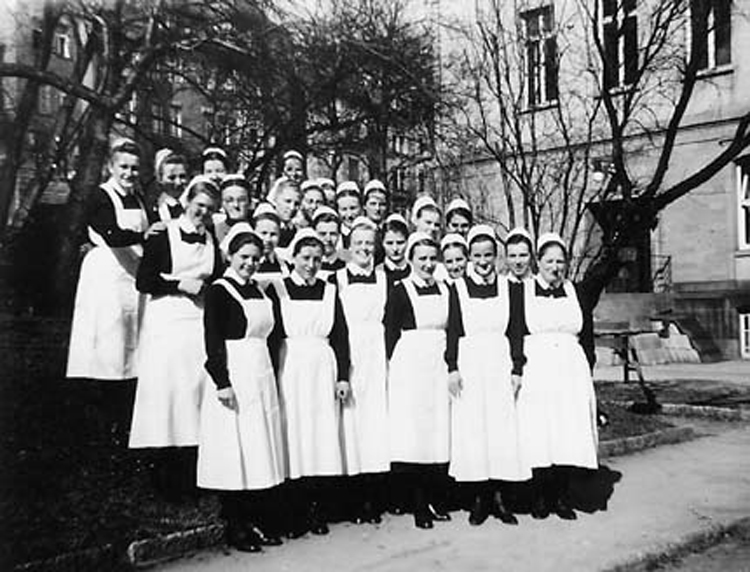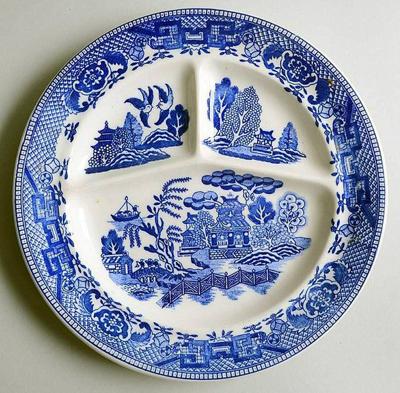The year was 1878. Railroads were “King” in America, carrying millions of riders across the nation. Fred Harvey, a freight agent for the Chicago, Burlington & Quincy Railroad observed a problem that many travelers were having. At that time- before passenger trains had dining cars- when a train stopped at a station to pick up and drop off passengers and freight, they often only waited an hour before leaving. Hungry riders had to leave the station, find a restaurant, order, get served, eat their meal and get back on the train before it left. Many passengers missed their trains, and Fred Harvey saw an opportunity. He developed the idea of a restaurant serving quick meals right in the train station and promoted his idea to his employer- but they turned him down. He then offered it to the Atchison, Topeka & Santa Fe Railroad, and they decided to give it a try. Fred Harvey opened his first restaurant at the AT&SF station in Florence, Kansas.
And thus was born the first restaurant chain in America, the Harvey House Restaurants.
Soon Harvey House Restaurants and Hotels were found all along the rail lines of the AT&SF Railroad and its affiliated rail lines. It was said that a traveler could not travel one hundred miles without finding a Harvey House to eat in. They became famous for high-quality food at reasonable prices with fast service, generous helpings and clean, attractive facilities. The servers, all female and called Harvey Girls, wore identical uniforms and were held to the strictest standards of behavior, deportment, morality and professionalism. Every Harvey Girl was required to wear the prescribed Harvey Girl uniform. It was black and white, carefully starched, and designed to "diminish the female physique". It included a skirt that hung no more than 8 inches off the floor, an "Elise" collar and opaque black stockings and black shoes. The hair was restrained in a net and was tied with a "regulation" white ribbon. Make-up was not allowed and chewing gum was forbidden.
Times change, but The Harvey House Restaurant tradition lives on at Americana 1900 at the three train stations serving the Gulf Coast and Santa Fe Railroad (a subsidiary of the AT&SF): one at the train station located in Maple Grove, one at the station that jointly serves Courthouse Square and Green Springs, and one on The Pike. Just as each station is unique, each full-service Harvey House Restaurant has a physical design to compliment the Township where it stands, and a menu that, while sharing some of the more popular items, also has "blue plate specials" that are unique to the Township where it is located.
What is a "blue plate special"? It is a special low-priced meal of the day, traditionally a "meat and three (one meat and three sides with no substitutions allowed)" served on a single blue plate, often with dividers on the plate.
This concept was created by Fred Harvey for his restaurants possibly as early as 1892, and was soon adopted by other restaurants and diners across the country. Many traditional diners and mom-and-pop restaurants still offer a blue plate special to this day.
The history lesson is over- now it’s time to eat!





